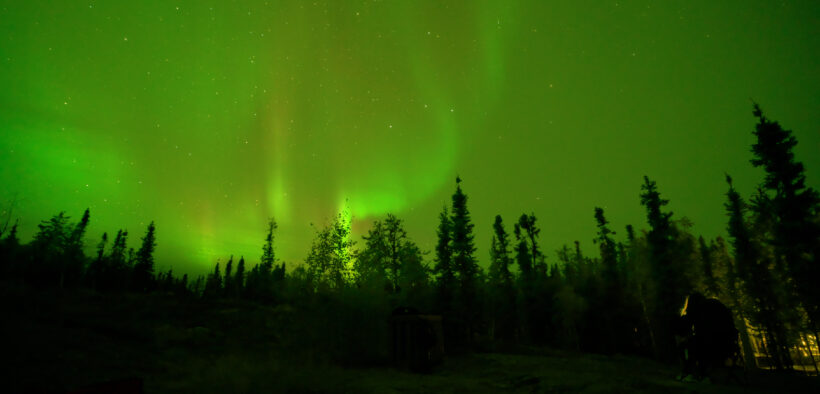“The greatest thing by far is to be a master of metaphor. It is the one thing that cannot be learnt from others; and it is also a sign of genius.”
—Aristotle, Poetics
“Gen Ed is crap.”
—Student, senior exit survey
General education has a PR problem. No one gets excited about generalities. The very name denotes vagueness and connotes boredom.
There are, of course, other things wrong with general education: it can be poorly taught, foisted on faculty with the least experience or more interested in advanced studies in a narrowly defined major; it can be poorly designed, trapped in a never-ending cycle of turf wars. Done well, of course, it can be majestic, even transformative (Biscotte, 2015); we all know people who’ve found their passions after enrolling in a required course. But even then, gen ed has an uphill battle: no one wakes up in the morning and thinks, Today, my goal is to be more general.








